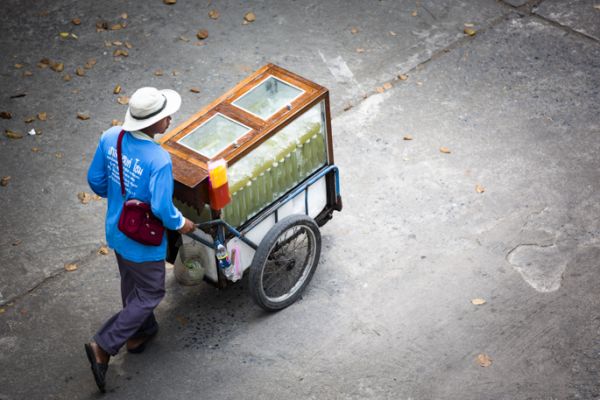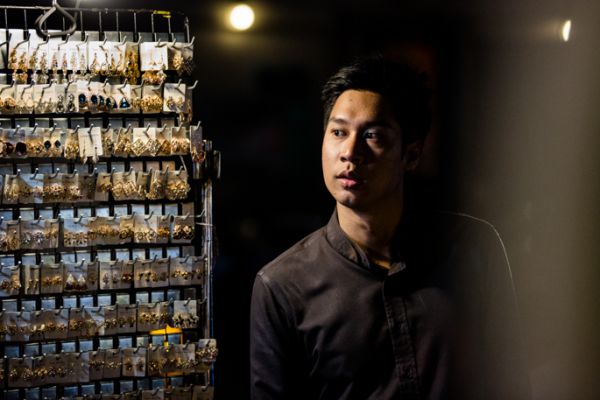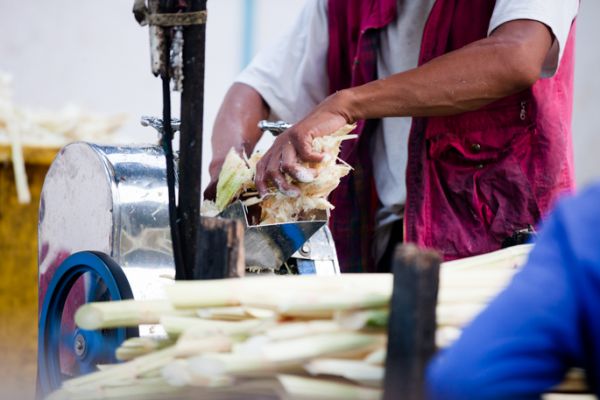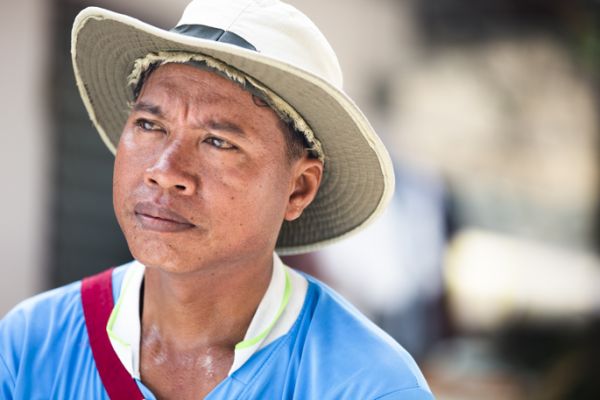Behind the Scenes in Bangkok with Still Life Projects

In February, Still Life Projects traveled to Bangkok to shoot two short films for the Informal City Dialogues, one of which documented the lives of two street vendors. Here’s the story of how they met them.
Discover more stories by Still Life Projects
“I found you a subject. He sells sugarcane juice. Come meet him.” It was Tay on the cell phone, just 100 meters away from us in a bustling street market. Tay (his full name is Witchaya) is the Bangkok blogger for the Informal City Dialogues, and it was one of his blog posts that brought us to the market that evening. We were scouting the following day’s shoot with another subject, Ae.
Ever since reading Ae’s story, we had known that this street vendor with an atypical past could be one of the principal subjects of our film. After university in Thailand, Ae went to England and earned a master’s degree in management. At 25, he became the youngest supervisor at the large Thai company where he worked. But after three years, he left the company to start his own business.
Ae opened an earring shop in a mall but found himself constrained by the hours, the rental fees and the lease. More importantly, he noticed the crowds were outside the mall. So he broke his lease and rented a small location on the street. Three months later, Ae’s salary nearly matched his corporate pay.

According to Tay and other city experts, more of Thailand’s educated middle class are looking to the informal sector for work. Our question was: what effect will this influx of competitors have on traditional street vendors?
Enter Niyom – a.k.a. Sugarman. (We’d just seen the Oscar-winning doc on the plane on the way over.) With Tay’s help, and over a couple bottles of sugar cane juice, Niyom invited us to his home.
Niyom’s story is as typical as Ae’s is unique. He came from the provinces outside Bangkok years ago looking for work. He found a job working construction. Sometimes there was work, sometimes there wasn’t. Bottom line: the pay was not good. At some point he left Bangkok for the provinces, but eventually he returned, married, looking for a fresh start. He and his wife started selling meatballs on the street but it wasn’t going so well. One day he struck up a conversation with a sugarcane-juice vendor selling next to him. The work and the money appealed to him so he sent his wife back to the country and switched jobs.
We visited the small one-story apartment where Niyom sleeps and works. The sugarcane juice is pressed in an open courtyard outside the building. Niyom and 10 others rent their beds, bottles and carts from the boss. The boss takes half of whatever they earn.



The faint whiff of fermenting sugar greeted us when we arrived at 6 a.m. A few workers cut away the rough exterior from the sugarcane with short machete-like knives. One man worked the press, and the cane juice flowed into a plastic bucket. Others cleaned bottles, prepared the carts and filtered the juice. Even the boss helped.
As the sun rose, the carts disappeared down Bangkok’s bustling streets, packed with ice cold bottles of fresh sugarcane juice. Niyom says he walks 30-40 kilometers a day past apartment buildings, slums and modern offices. Eventually, Niyom’s route brings him to the same market where Ae sells his earrings. Niyom likes this market because the vendors like Ae sell higher-end items, which means that buyers have a little more money to spend—some of which he hopes to send back to his wife in the country where he plans to retire.
The next night, at the same market, we filmed this intersection between the lives of the middle-class vendor Ae and the working-class vendor Niyom. As Ae set up his earring earring stall, Niyom made his rounds through the market, selling his last bottles of sugarcane juice to shoppers and vendors alike.












